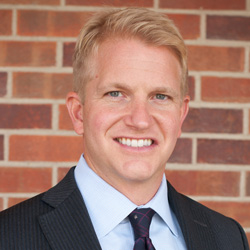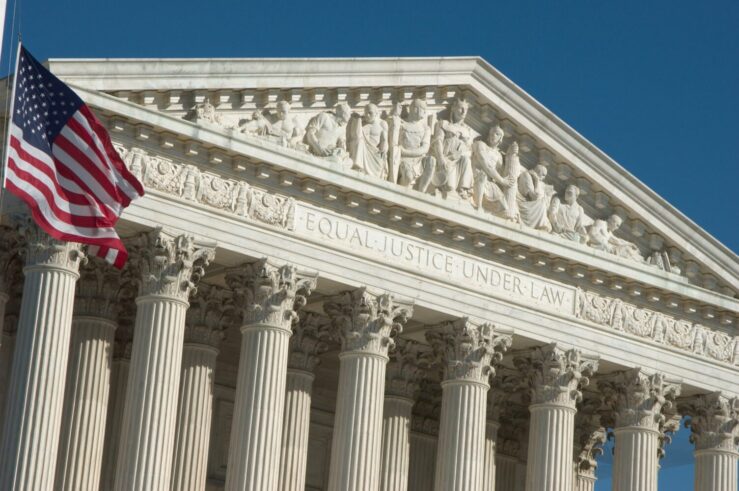Today’s New York Times reports on a new cigarette bar in Chicago, where the city council has just imposed a sweeping smoking ban. (I recently criticized the ban at Ideoblog.) The proprietors of the Marshall McGearty Tobacco Lounge insist that the lounge is permitted because of a loophole allowing smoking in retail tobacco shops. Not surprisingly, Chicago’s anti-smoking zealots are seeking to shut down the business, which they say violates the intent of the anti-smoking ordinance.
The situation here exemplifies Ronald Coase’s seminal insight regarding the difficulty of distinguishing the victims from the victimizers in a property rights dispute. With respect to smoking in public places, non-smokers (like me!) would seem to be victimized by smokers’ insistence on the right to light up. But aren’t smokers, who derive substantial pleasure from smoking, the victims of non-smokers’ insistence on smoke-free air? Sure they are. The owners and customers of the Marshall McGearty Tobacco Lounge will be genuinely harmed if non-smokers are allowed to shut them down.
In light of this “reciprocal harm,â€? there will always be winners (whose happiness is enhanced) and losers (whose happiness is diminished) when a smoking policy is established. The world would be best off, of course, if smoking policies were set to favor the group whose total happiness will be most increased if its favored policy is implemented. So, if smoking customers value the right to smoke in a particular place more than non-smoking customers value the right to be free from such smoke, smoking should be allowed in that place. Conversely, if non-smoking patrons value an establishment’s clean air more than smoking patrons value the right to light up, smoking should be banned.
In an unregulated market, the proprietor of an establishment can decide for himself whether his smoking customers or his non-smoking customers value their preferred smoking policy more. In an attempt to maximize his profits, he’ll set his establishment’s smoking policy to accommodate the patrons who most value their preferred policy (and thus are most willing to pay a premium to be in the proprietor’s space). This will result in a variety of smoking policies at different establishments. Indeed, such sorting of establishments according to customer preferences was occurring all over Chicago prior to the enactment of the city-wide ban. Everyone in the city could find a place that suited his or her tastes, and wealth was therefore maximized.
Things are different now. The city’s new ban victimizes smokers and effectively reduces wealth by preventing transactions that could create happiness (e.g., a restaurant patron pays a slight premium to the owner for the right to smoke in his space; both parties are better off because of the deal).
I can’t overstate how much I loathe cigarette smoke. (I actually keep a bottle of Febreze in my car so I can de-stench my clothes after I’ve been in a smoky place. Try it — it works!) I must recognize, though, that my insistence on a smoke-free environment hurts people who like to smoke. In the Chicago of old, I could peacefully co-exist with my smoking brothers and sisters. Now I’m a victimizer.




